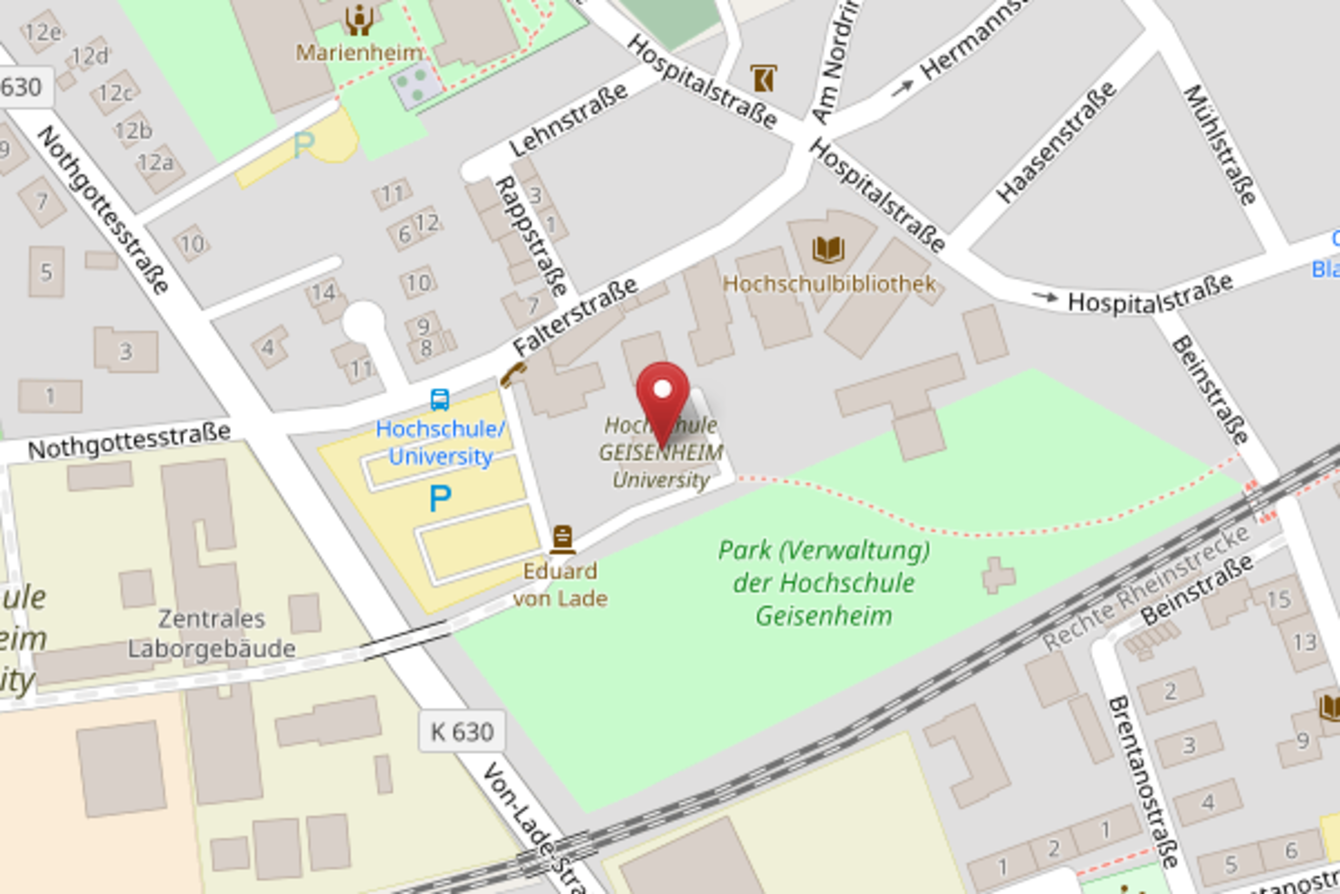Stress-induced Resilience of Plants
Plants modify their metabolic processes in order to be capable to cope actively with unfavorable environmental conditions to ensure their survival in severe conditions. For this purpose, they form secondary plant metabolites, most of which have an anti-oxidative potential, providing 'sun protection', for example, when photosynthetic performance is restricted by limited water supply. Vice versa, it is possible to selectively accumulate target metabolites in plants through abiotic stress conditions. These can be seen as a natural resource and contained in the residual green biomass of plants at the end of the cultivation period in a circular bioeconomic approach.
In this context, the BioSC project InducTomE (www.biosc.de/inductome) and the BMBF project TaReCa (www.fz-juelich.de/ibg/ibg-2/EN/Research/Projects/TaReCa/TaReCa_node.html) focused on the stress-induced enrichment of target metabolites in tomato and bell pepper leaves, respectively, to use them in a cascade-designed sustainable biorefinery approach with further analysis in metabolic processes and bio-economic effects.Furthermore, in the ligth of climate change, crops or varieties that deliver stable performance and high quality under unfavorable or even extreme conditions are crucial. In view of finite phosphorus reserves and future water shortages in large areas, the EU project TOMRES (www.tomres.eu) focused on tomatoes that achieved a comparable yield with fewer resources.
Contact


Selected publications
- Ellenberger, J., Siefen, N., Krefting, P., Schulze Lutum, J.-B., Pfarr, D., Remmel, M., Schröder, L., Röhlen-Schmittgen, S., 2020. Effect of UV Radiation and Salt Stress on the Accumulation of Economically Relevant Secondary Metabolites in Bell Pepper Plants. Agronomy 10, 142. https://doi.org/10.3390/agronomy10010142
- Groher, T., Röhlen-Schmittgen, S., Fiebig, A., Noga, G., Hunsche, M., 2019. Influence of supplementary LED lighting on physiological and biochemical parameters of tomato (Solanum lycopersicum L.) leaves. Sci. Hortic. 250, 154–158. https://doi.org/10.1016/j.scienta.2019.02.046
- Groher, T., Schmittgen, S., Fiebig, A., Noga, G., Hunsche, M., 2018a. Suitability of fluorescence indices for the estimation of fruit maturity compounds in tomato fruits. J. Sci. Food Agric. 98, 5656–5665. https://doi.org/10.1002/jsfa.9111
- Groher, T., Schmittgen, S., Noga, G., Hunsche, M., 2018b. Limitation of mineral supply as tool for the induction of secondary metabolites accumulation in tomato leaves. Plant Physiol. Biochem. 130, 105–111. https://doi.org/10.1016/j.plaphy.2018.06.033
- Junker-Frohn, L.V., Lück, M., Schmittgen, S., Wensing, J., Carraresi, L., Thiele, B., Groher, T., Reimer, J.J., Bröring, S., Noga, G., Jupke, A., Schurr, U., Usadel, B., Wiese-Klinkenberg, A., Wormit, A., 2019. Tomato’s Green Gold: Bioeconomy Potential of Residual Tomato Leaf Biomass as a Novel Source for the Secondary Metabolite Rutin. ACS Omega acsomega.9b01462. https://doi.org/10.1021/acsomega.9b01462
- Korwin Krukowski, P., Ellenberger, J., Röhlen-Schmittgen, S., Schubert, A., Cardinale, F., 2020. Phenotyping in Arabidopsis and Crops—Are We Addressing the Same Traits? A Case Study in Tomato. Genes 11, 1011. https://doi.org/10.3390/genes11091011
- Röhlen-Schmittgen, S., Ellenberger, J., Groher, T., Hunsche, M., 2020. Boosting leaf contents of rutin and solanesol in bio-waste of Solanum lycopersicum. Plant Physiol. Biochem. 155, 888–897. https://doi.org/10.1016/j.plaphy.2020.08.035
- Schmittgen, S., Metzner, R., Van Dusschoten, D., Jansen, M., Fiorani, F., Jahnke, S., Rascher, U., Schurr, U., 2015. Magnetic resonance imaging of sugar beet taproots in soil reveals growth reduction and morphological changes during foliar Cercospora beticola infestation. J. Exp. Bot. https://doi.org/10.1093/jxb/erv109


